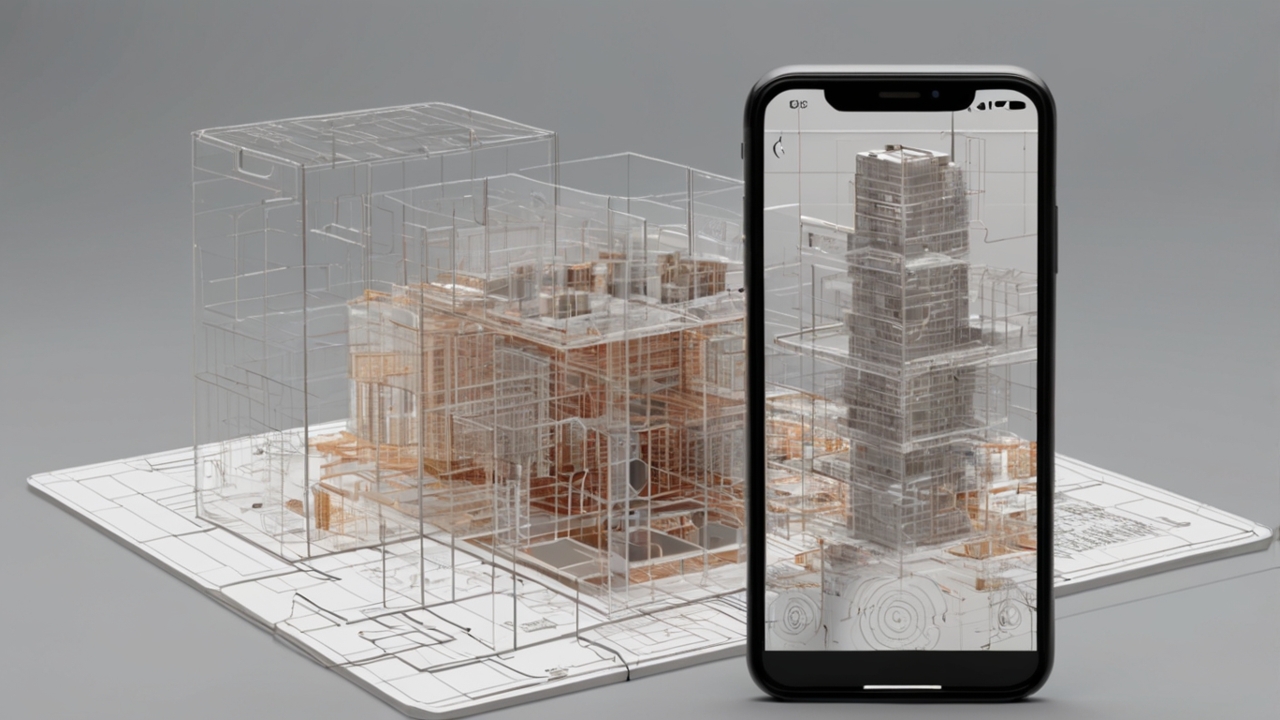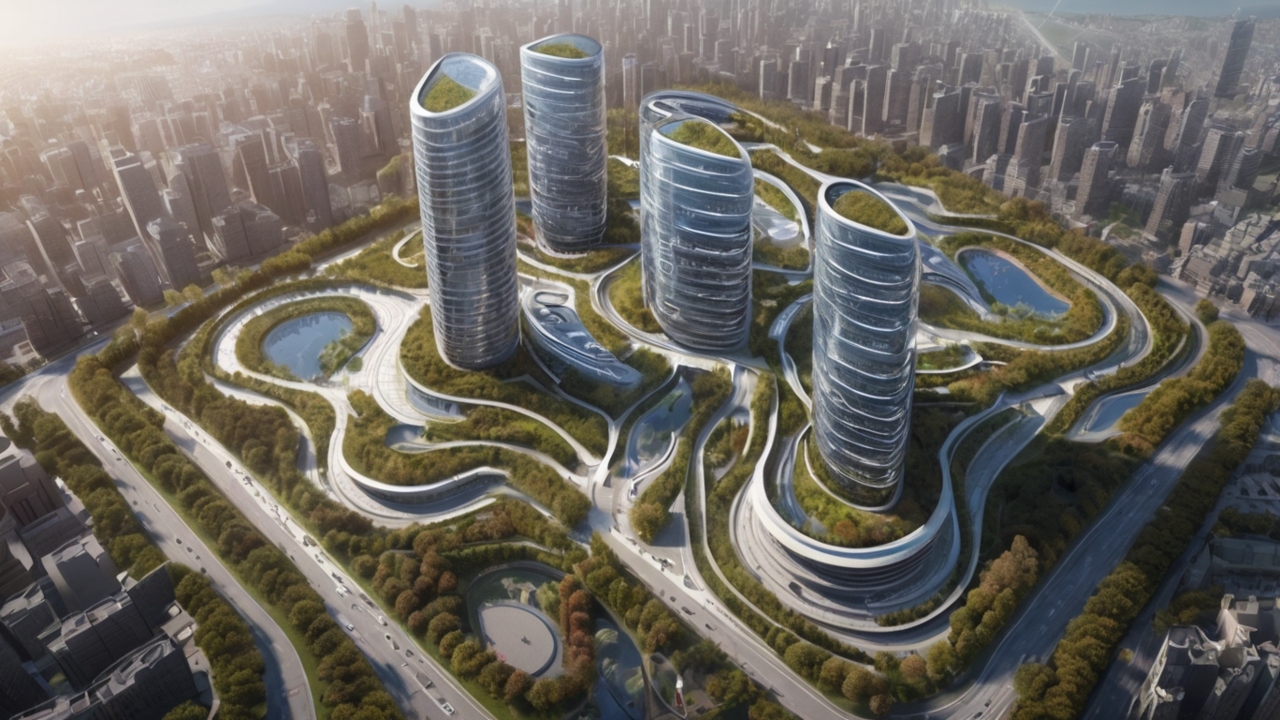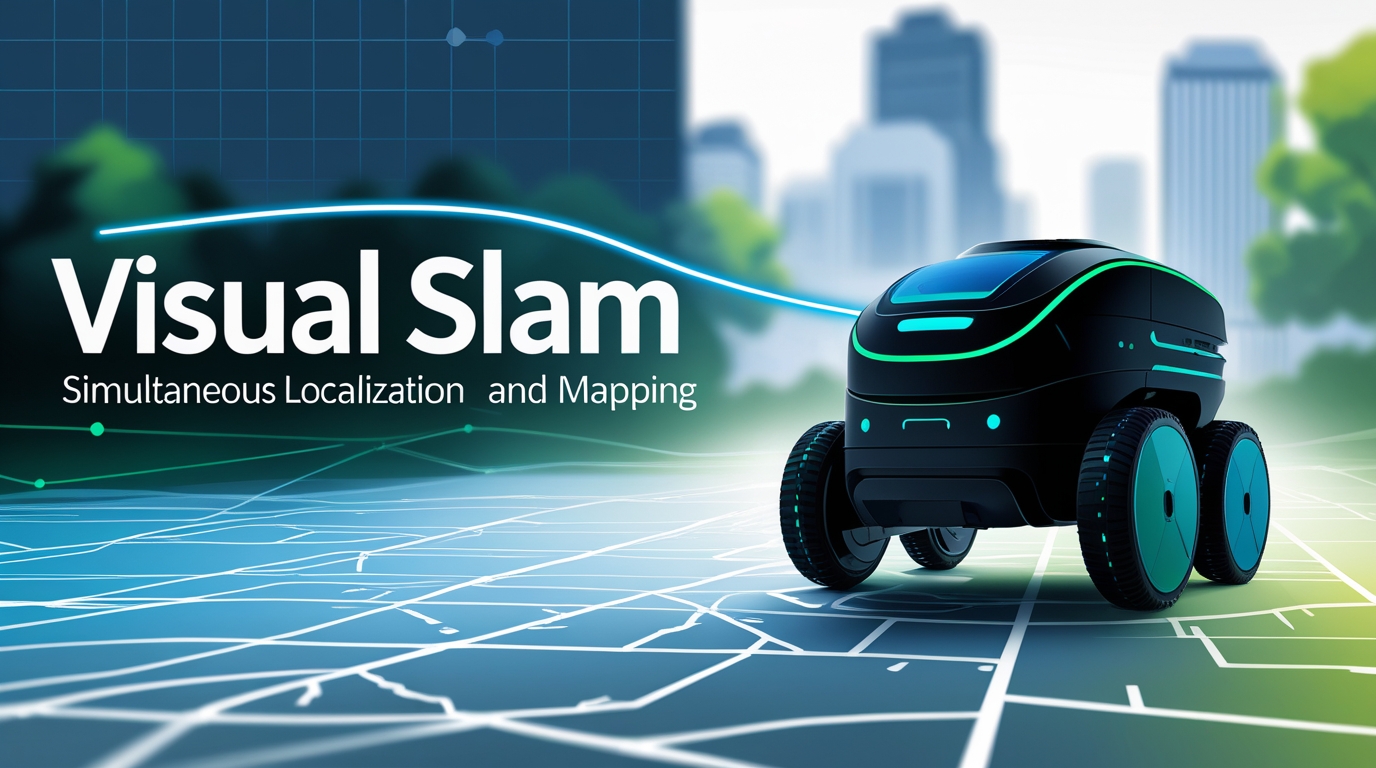Mayumiotero – The concept of Lightweight 3D on smartphones continues to evolve rapidly, and I believe it represents one of the most exciting shifts in mobile innovation today. As devices become thinner while processors grow more efficient, users now expect immersive 3D capabilities without sacrificing performance or battery life. This technological transformation is driven by advances in mobile GPUs, optimized algorithms, and a growing ecosystem of AR/VR applications. Because of these changes, 3D reconstruction once reserved for desktops and workstations has become surprisingly accessible, allowing everyday users to scan objects, map spaces, and even create digital twins directly from their pockets.
“Read also: Nvidia’s Tightrope: How Jensen Huang’s Balancing Act Unraveled in the AI Cold War“
How Lightweight 3D Reconstruction Works on Modern Mobile Hardware
When we talk about Lightweight 3D, we refer to methods that reduce computational load while maintaining acceptable visual accuracy. Modern smartphones rely on three main pillars: optimized computer vision pipelines, real-time depth estimation, and intelligent compression techniques. Furthermore, techniques like multi-view stereo, photogrammetry, and structure-from-motion have been adapted to run efficiently on ARM-based chips. In my opinion, the magic lies in clever algorithm design developers use down-sampling, selective feature extraction, and GPU acceleration to achieve results once thought impossible on mobile devices.
The Role of AI Acceleration in Enabling Lightweight 3D Outputs
Since AI accelerators like Apple’s Neural Engine, Qualcomm Hexagon DSP, and Samsung’s NPU have become commonplace, 3D reconstruction workflows have taken a massive leap forward. These chips speed up neural networks responsible for depth estimation, surface smoothing, and object segmentation. As a result, even budget phones can produce decent 3D scans. Personally, I find it fascinating how neural networks learn to infer missing geometry, producing cleaner meshes from imperfect inputs. Additionally, AI helps maintain low latency, which is crucial when generating 3D content in real time.
Mobile Sensors Are Becoming Smarter, Not Just Better
Every year, smartphone sensors improve in surprising ways. Depth sensors such as ToF, LiDAR, or structured-light modules significantly enhance Lightweight 3D workflows. Because these sensors capture accurate depth maps instantly, they reduce the amount of post-processing required. Moreover, advanced IMUs ensure stable motion tracking, while multi-camera systems enable wider coverage and richer texture capture. Based on my experience observing consumer hardware trends, smartphones are no longer just cameras they are becoming portable spatial scanners that understand geometry as well as color.
Challenges That Still Limit Lightweight 3D Reconstruction
However, despite the impressive progress, several limitations remain. Low-end devices struggle with thermal throttling during long scans, and mobile photogrammetry performs poorly in dim light or with reflective surfaces. Additionally, real-time 3D reconstruction often lacks fine detail compared with professional desktop systems. In my analysis, these challenges stem from physical constraints smartphones cannot match workstation-level cooling, storage, or power. Nevertheless, algorithmic innovation continues to reduce these gaps, giving users increasingly better results without upgrading hardware too often.
“Read more: Microsoft’s New Superintelligence Team: A Bold Leap Toward the Future of AI“
Creative Applications Powered by Lightweight 3D Reconstruction
Today, Lightweight 3D has unlocked a broad range of creative and practical use cases. Designers can scan objects for rapid prototyping, gamers can import real-world assets into engines, and homeowners can create room layouts for interior design. Beyond that, e-commerce brands now rely on 3D assets to improve product visualization, making online shopping more intuitive. From my perspective, the most transformative application lies in education students can learn anatomy, astronomy, or architecture through fully interactive 3D models captured with their phones.
The Rise of AR Ecosystems Fueled by Lightweight 3D Models
Given that AR is becoming a dominant interface, lightweight reconstruction provides the backbone for intuitive AR experiences. Because models must load fast and render smoothly, efficiency becomes more important than perfection. Apps like Snap, TikTok, and IKEA Place depend heavily on real-time 3D mapping and reconstructed surfaces. As AR glasses begin to enter the market, these Lightweight 3D processes will become even more essential. I strongly believe that the combination of 3D scanning and AR visualization will change how we interact with digital content.
Towards the Future: Ultra-Efficient On-Device 3D Pipelines
Looking ahead, the evolution of smartphones points to an era in which ultra-efficient hardware and advanced neural radiance fields (NeRF) merge to create next-generation 3D pipelines. As networks become smaller and more optimized, full-scene reconstruction will happen instantly no more waiting for cloud processing. In my opinion, the future of Lightweight 3D lies in local processing powered by hybrid rendering, where devices blend depth sensing, AI inference, and clever caching strategies. Eventually, mobile 3D reconstruction will be as common as taking a regular photo.













